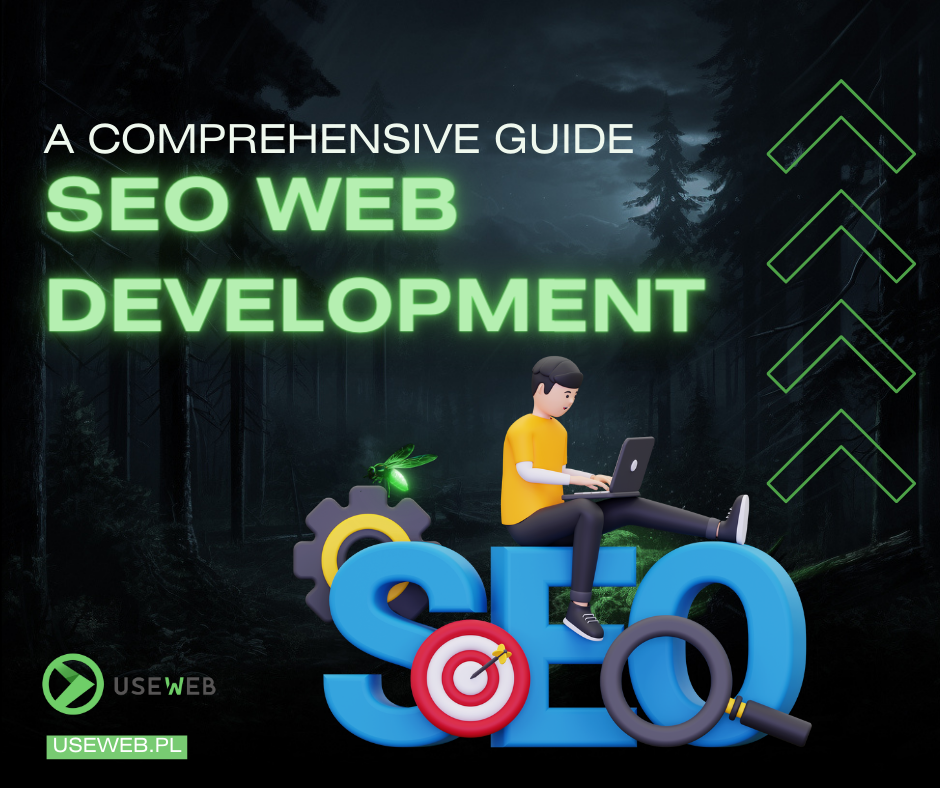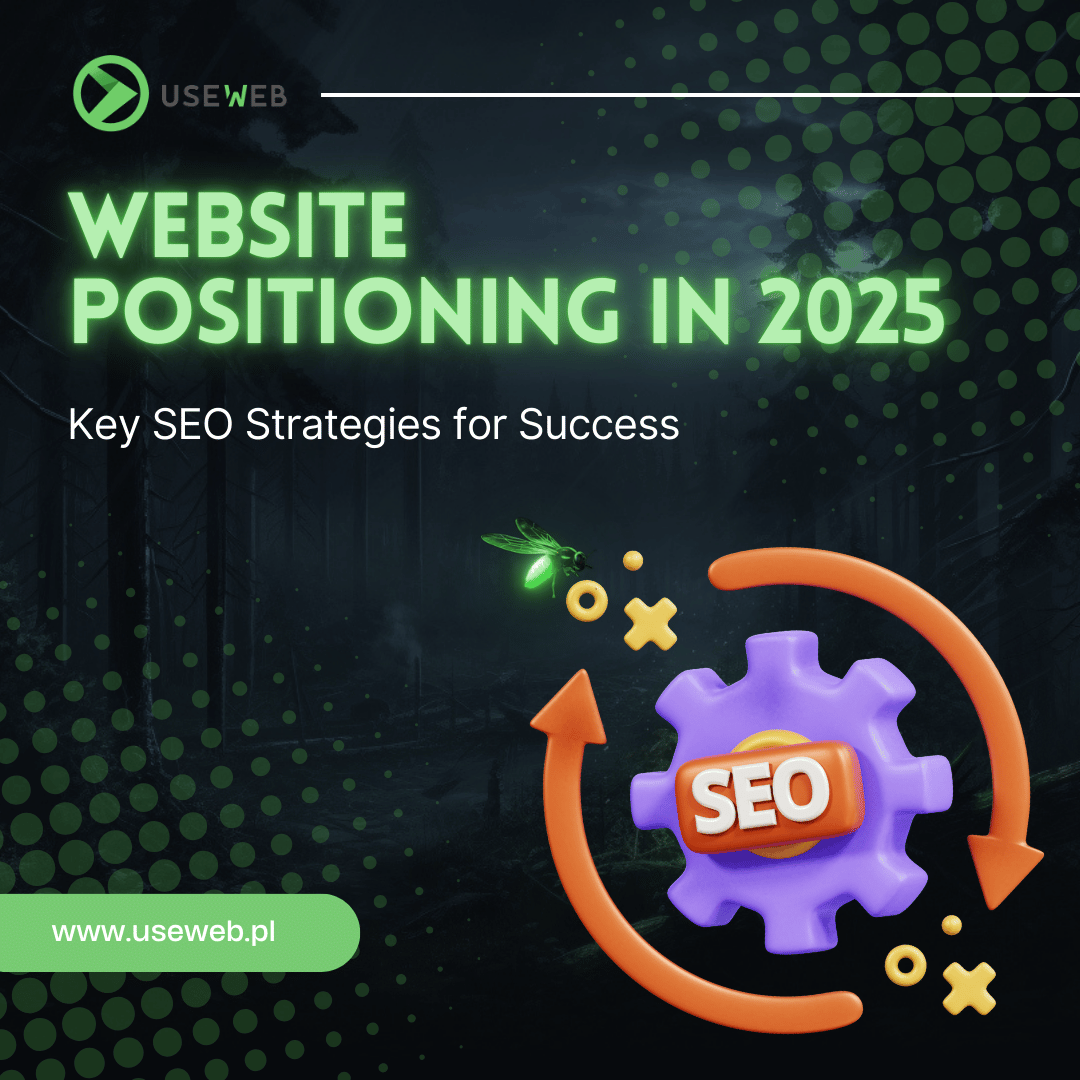1. Introduction to E-commerce
E-commerce is the future of trade. Thanks to advancements in technology, online stores are easy to set up and manage. Let’s get started!
2. Planning Your Online Store
2.1. Determining Purpose and Products
Consider what you want to achieve with your online store. Is it a hobby or a full-fledged business? What products do you want to sell?
2.2. Market and Competition Analysis
Conduct market research to find out what products are popular. Carry out a competitor analysis to learn what they’re doing well and what you can do better.
3. Choosing an E-commerce Platform
3.1. Considering Different Platforms
There are numerous e-commerce platforms such as Shopify, WooCommerce, and Magento. Each has its own pros and cons.
3.2. Comparing Popular E-commerce Platforms
Compare different platforms in terms of cost, features, ease of use, and customer support to pick the one that suits you best.
4. Creating Your Store Page
4.1. Choosing a Template and Customizing Design
Pick a template that best represents the character of your store. Customize it to fit your needs, add your logo, and alter colors as you see fit.
4.2. Adding Products and Descriptions
Add your products, providing detailed descriptions and clear photos. Remember, high-quality descriptions and images are key to the success of an online store.
4.3. Optimizing Your Online Store
Ensure your store is optimized for SEO, page loading speed, and usability on mobile devices. All of these will help you attract and retain more customers.
5. Setting up Payments and Shipping
5.1. Choosing Payment Providers
Decide which payment methods you want to accept. Remember, the more options, the better for your customer.
5.2. Establishing Delivery Rules
Set out delivery rules, such as shipping costs, delivery time, and return policy.
6. Promoting Your Store
6.1. Leveraging Social Media
Use social media to promote your store. You can run ad campaigns, contests, and even engage with customers.
6.2. SEO for Your Online Store
Consider SEO for your store. A well-optimized store will be easier for customers to find.
6.3. Running a Blog
Running a blog is a great way to build a community around your store. You can write about your products, give tips, and attract more visitors.
6.4. Email Marketing
Use email marketing to stay in touch with your customers. Send newsletters with updates, promotions, and special offers.
7. Conclusion
Starting an online store is a process that requires planning, but it can bring great benefits. Remember, the key to success is understanding your customers’ needs and delivering the best products and services.
Contact useWeb for Professional Assistance
Need help starting an online store? Contact us, useWeb, for professional assistance. We specialize in creating and optimizing online stores.






